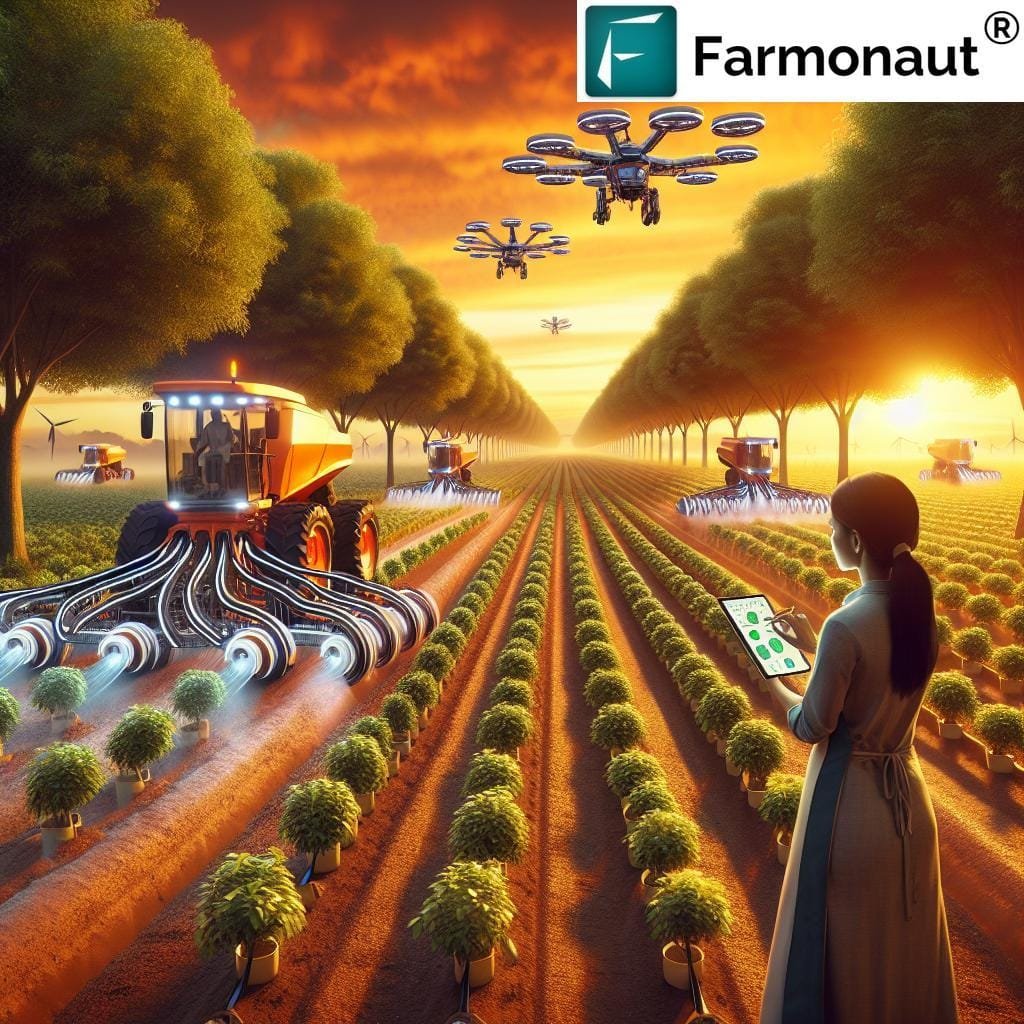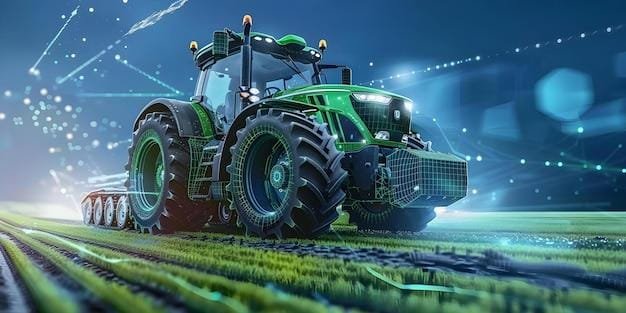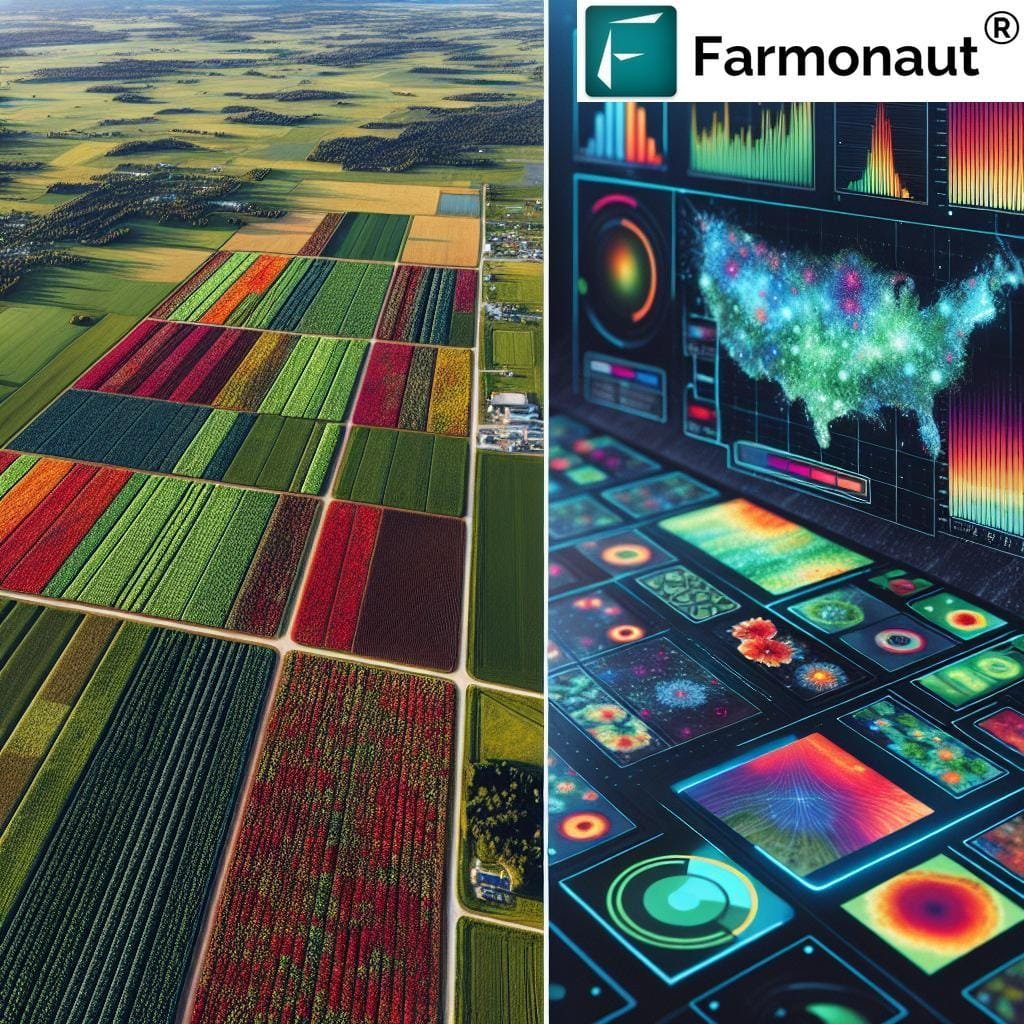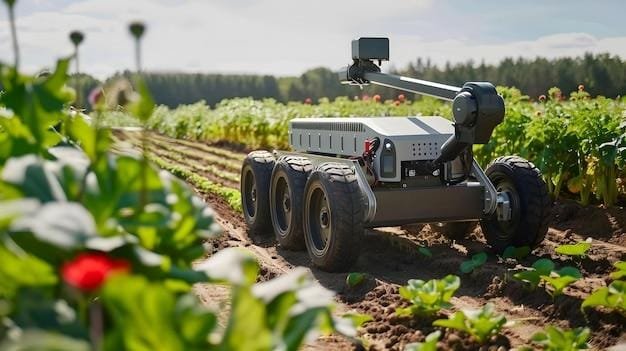Whatever image one has of a farmer, hunched and sweating under an open sky, planting seeds row by row—discard it. There is a new motif taking shape on the sprawling canvas of rural landscapes: robotic planters working fields untethered by direct human control. One might wonder how we arrived at this scene, but the brisk acceleration in autonomous agricultural technology invites surprises as often as answers.
A research team from the University of Nebraska–Lincoln has thrown fresh paint on this picture with Flex-Ro, their “high-tech farm hand.” It’s neither just theory nor clunky prototype—it traverses fields autonomously, seeding crops amid no-till corn plots while researchers hover nearby only to remove debris. Outfitted with systems somewhere between mechanical ingenuity and digital wizardry, Flex-Ro can operate at all hours—“burning the midnight oil” used to mean something else entirely.
With labor shortages pressing agriculture into a corner—and not the most comfortable one—the rise of self-driving planter machines looks both inevitable and somehow overdue. It’s less about flashy gadgetry than pragmatic necessity now. The six-figure grant from USDA’s National Institute for Food and Agriculture behind Nebraska’s project underscores this isn’t merely indulgence; rather it is critical for sustaining field productivity when old workforces dwindle or migrate elsewhere. And when you realize that advanced seeders are equipped not just with robotic autonomy but also sensors capable of adjusting placement depth or spacing down to millimetric differences—well, statistics begin yielding quickly to outcomes: more uniform emergence means sturdier yields come harvest time.
The technological sophistication is plenty remarkable—but its roots stretch wide across disciplines. Take bearings—a crucial aspect in machinery rarely celebrated outside engineering circles—their evolution now shapes agricultural robots’ endurance in harsh conditions. Build strong foundations; only then demand smart behavior atop them.
Another university across continents is also shepherding autonomous innovation into reality: scientists at Spain’s University of Córdoba have unleashed a self-driving tractor (not quite planters yet) designed for terrain riddled with obstacles like olive groves and woody outcroppings where human error or fatigue turns costly overnight losses into reality. Their platform employs three distinct steering regimes (straight-ahead guidance? Certainly, but also complex trajectory shifting)—plus hybrid axles that sashay deftly over uneven soil without losing purpose or line.
Yet accuracy does not always travel alone when discussing automation—for efficiency brings its own baggage train. Much as conversations about electric power or energy conservation might seem off-road here—they aren’t incidental sidebars so much as parallel highways crisscrossing today’s agricultural terrain. Lower operational costs? Tick that box: Electric tractors reportedly register 25%–35% fixed-cost reductions compared with legacy hardware; downtime spent patching up greasy fuel components shrinks too because electronic drive systems ask less maintenance devotion.
But orbit back around before assumptions get unwieldy; automation doesn’t eliminate headaches wholesale or prove universally accessible overnight. Getting machinery seamlessly coordinated—the docking stations set up so these robotic marvels refill seeds/fertilizer/pesticides fully automatically—is still very much ongoing development in industry settings. Sometimes it all works perfectly until sensors pick up an unusual weather anomaly—or fail entirely due to errant mud awash after sudden storms.
Amusingly enough given popular narratives about unceasing progress—fields featuring small fleets running 24/7 remain rarer than headlines suggest (yet feedback loops from early pilot operations spur incremental changes monthly). For every sophisticated solution broadcast worldwide there are whispers among producers who want better software interoperability between guidance platforms—but settle instead for piecemeal add-ons cobbled together because integration takes time nobody really has these days.
It’s possible—even likely—that integrating data-driven analytics (AI predicting optimal spray points based on historical fungicide use patterns), satellite vision backlinking direct machine waypoints… eventually leads us closer toward some green-tinted version of Asimov’s dreamscapes. Although certain farmers mention wanting extra autonomy chiefly so they can sleep through April thunderstorms knowing Flex-Ro handles planting regardless—a curious contrast appears since weather unpredictability sometimes grounds even automated machines unexpectedly.
For policy-makers fixated on long-term climate resilience strategies—or corporations mapping food security against wavering global populations—the question becomes not “when” will self-guided farming tools arrive but “how adaptable” are current regulatory models once ordinary tractors grow minds sharper than previously imagined? Everyone says technology waits for no one—but occasionally regulatory frameworks lag behind just long enough that machinery pauses… waiting patiently beside dawn-hued wheat rows anyway.
When a researcher jokes over coffee that next year even drought might get bored watching robots trundle past without complaint—it rings faintly true yet hints mischievously at deeper ironies buried beneath mineral-rich soils still being sown nightly by hands both visible…and unseen.







